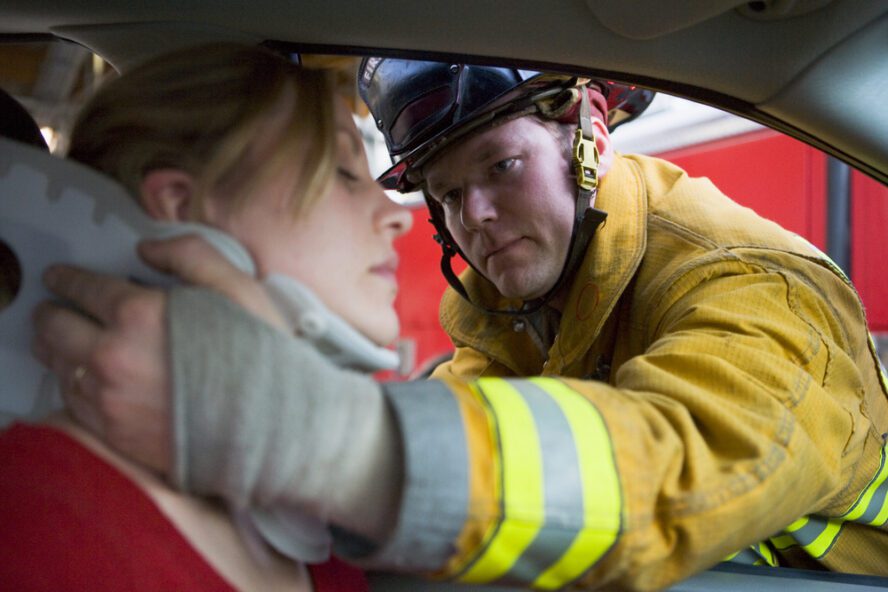Workplace injuries can occur in any industry and can have significant consequences for both employees and employers. Understanding the different types of work injuries is essential for promoting a safe working environment and implementing appropriate preventive measures. This article provides an overview of common work injuries encountered across various sectors.
- Slips, Trips, and Falls
One of the most prevalent types of work injuries involves slips, trips, and falls. These accidents can result from wet floors, uneven surfaces, inadequate lighting, or obstructions in walkways. Injuries range from minor bruises to severe fractures, head trauma, or spinal injuries. Employers must prioritize regular maintenance, effective housekeeping, and proper signage to prevent such accidents.
- Musculoskeletal Disorders (MSDs)
MSDs are prevalent among employees who engage in repetitive tasks, heavy lifting, or awkward body postures. These injuries affect the muscles, tendons, ligaments, and joints, causing conditions such as tendinitis, carpal tunnel syndrome, and back pain. Employers can mitigate MSDs by implementing ergonomic workstations, providing training on correct lifting techniques, and encouraging frequent breaks.
- Machinery Accidents
In industries that rely on heavy machinery or equipment, accidents can result in severe injuries. Limb amputations, crush injuries, and fractures are common outcomes of machinery-related incidents. Employers should enforce strict safety protocols, provide adequate training, conduct regular equipment inspections, and ensure proper machine guarding to prevent such accidents.
- Occupational Illnesses
Certain work environments expose employees to harmful substances or hazardous conditions that can lead to long-term occupational illnesses. Examples include respiratory disorders from inhaling toxic fumes, skin conditions caused by exposure to chemicals, and hearing loss due to excessive noise. Employers must conduct risk assessments, implement appropriate ventilation systems, and provide personal protective equipment to minimize the risk of occupational illnesses.
- Electrical Accidents
Electricians, engineers, and workers in construction or maintenance roles face the risk of electrical accidents. These accidents can result in severe burns, electrocution, or even fatalities. Employers should ensure that workers receive proper training, use insulated tools, follow lockout/tagout procedures, and adhere to electrical safety guidelines to prevent such incidents.
- Falling Objects
Employees working in construction, warehousing, or manufacturing may encounter falling objects. These accidents can cause head injuries, fractures, or even fatalities. Employers should enforce the use of appropriate personal protective equipment, such as hard hats, and implement proper storage and stacking procedures to minimize the risk of falling objects.
- Workplace Violence
Workplace violence poses a significant risk to employees in various sectors, including healthcare, retail, and customer service. Acts of violence can result in physical injuries, psychological trauma, and even loss of life. Employers should establish comprehensive security protocols, provide employee training on conflict resolution, and encourage the reporting of any suspicious or threatening behavior.
Work injuries encompass a wide range of incidents that can have significant physical, emotional, and financial impacts. Employers play a crucial role in preventing these injuries by prioritizing safety measures, conducting risk assessments, and providing adequate training and protective equipment. By raising awareness and implementing preventive strategies, workplaces can become safer environments, ensuring the well-being of employees and enhancing overall productivity. A work injury lawyer, like our friend at Rispoli & Borneo P.C., knows how difficult a work injury can be and how important getting compensation is.

